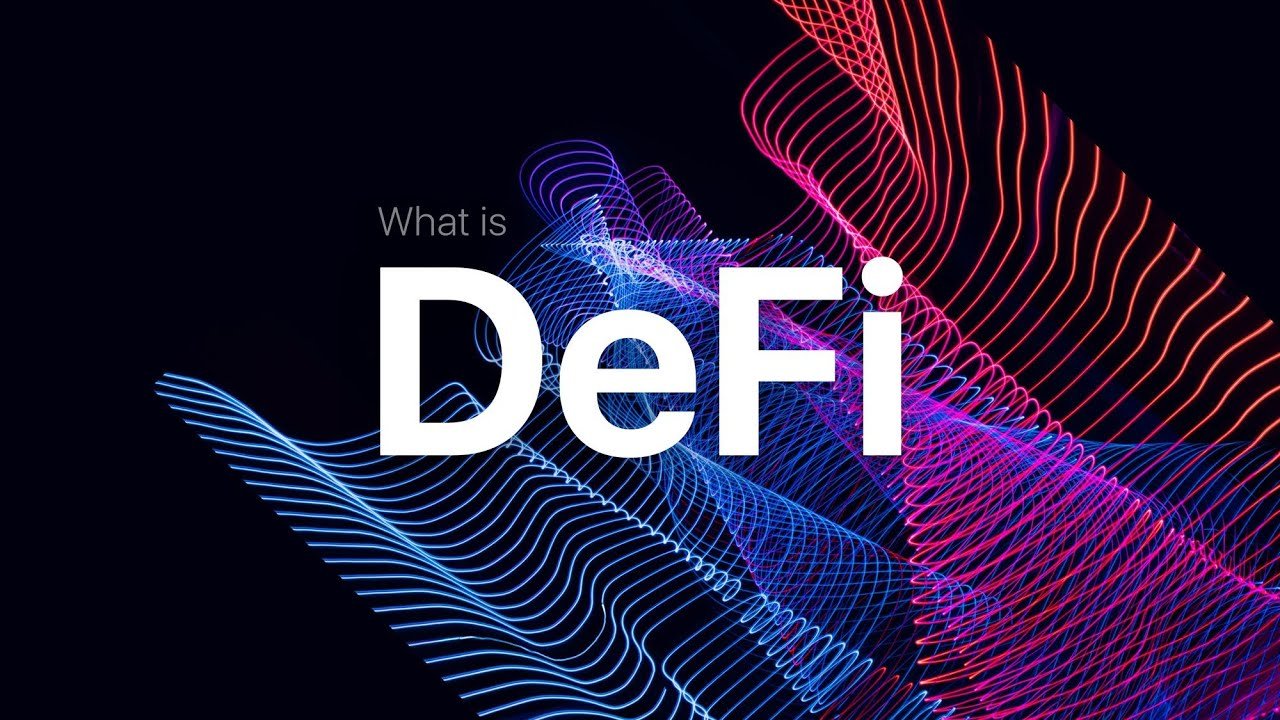By 2025, the cryptocurrency ecosystem has undergone significant changes. Big changes in regulations, the involvement of institutions, and new technologies have all changed the way the world thinks about money. As the digital asset market grows up, new things are happening with Bitcoin and Ethereum News. These developments are significantly impacting both the market and government policy. As the world becomes more complicated, it’s more important than ever to stay up to date. This is true for investors, regulators, and developers alike. Crypto in 2025
Bitcoin Surge Leads Crypto Rebound
Bitcoin is back in the news after a big rise in June 2025 that pushed the price above $108,000. Several things have contributed to this rebound, such as lower inflation worries, dovish signals from central banks, and active buying by institutional investors. MicroStrategy added more than $2 billion in Bitcoin to its balance sheet this month, which supports its long-held belief that BTC is the safest long-term store of wealth in the digital world.

Ethereum has done well, but not as well as it could have. ETH is still doing well because people want to stake it, tokenise real-world assets, and use decentralised finance (DeFi) apps. It is now trading at around $2,700. Meanwhile, altcoins like Solana, Avalanche, and Chainlink have seen mixed momentum. Such behaviour shows speculative traders are willing to take risks, but there isn’t as much confidence across the board.
Global Regulation Reshapes Crypto Landscape
The GENIUS Act is a U.S. bill that aims to make it harder to issue stablecoins. It’s been a big item in crypto news this year. Because of worries about transparency and asset backing, Tether, the largest stablecoin by market capitalisation, has been under a lot of criticism. However, regulators favour Circle’s USDC due to its superior compliance and audit practices. This difference has caused crypto exchanges and DeFi platforms to adjust how they use stablecoins.
In March 2025, the U.S. Treasury released new rules for how to designate digital assets, which changed the way regulations work even further. This included setting up a Strategic Bitcoin Reserve and changing the rules for how crypto wallets and custodians have to report their taxes. The European Union has also effectively implemented the Markets in Crypto-Assets (MiCA) framework, bringing clarity and standardisation to member states. These changes suggest that there is a global effort to incorporate cryptocurrencies into the regulated banking system.
Bridging Traditional Finance and Crypto
Integrating crypto into traditional finance is one of the most important signals that it is becoming more legitimate. Companies like BlackRock and Fidelity started exchange-traded funds (ETFs) for Bitcoin and Ethereum, which now manage assets worth tens of billions of dollars. These vehicles provide regular investors with regulated access to digital assets via well-known broking platforms, eliminating many of the issues that previously made it difficult for people to use them.
The Federal Housing Finance Agency (FHFA) has told Fannie Mae and Freddie Mac to look into crypto holdings when deciding whether to approve a mortgage application. This is a big change in policy. This implies that Americans who own a lot of Bitcoin or Ethereum can now use those assets as part of their financial profile, which opens up new ways to buy a property and get credit.
Fintech companies are also getting involved. SoFi stopped offering crypto services in 2024, but now it’s back in the market with payment options that employ blockchain technology and a renewed focus on trading cryptocurrencies. The move is part of a bigger trend where traditional financial platforms are combining with Web3 infrastructure to provide money services that are more flexible and programmable.
DeFi 2.0: Scaling Real-World Integration
There is a second wave of new ideas coming to DeFi. This approach, which is often called “DeFi 2.0”, focuses on scalability, compliance, and connecting with real-world assets. Platforms are turning everything from real estate and stocks to carbon credits into tokens. At the same time, they are adding services, like built-in KYC and decentralised insurance systems.

Ethereum is still the best platform for these new ideas, and it has gotten better since it switched to a proof-of-stake consensus architecture. This change has cut down on its energy use by a lot and made transactions go through more quickly. Layer-2 networks, such as Arbitrum and Optimism, are also gaining traction, offering cost-effective scaling without sacrificing normalisation.
Final thoughts
Changes in geopolitics still affect the crypto markets. The rise and fall of the $LIBRA memecoin, associated with President Javier Milei, resulted in financial losses and public controversy in Argentina. A hacktivist organisation purportedly carried out a massive attack on the Nobitex exchange in Iran, stealing more than $100 million. This shows how weak digital asset infrastructure is and how easy it is for hackers to get in.
These events show how important it is to have cybersecurity and regulatory supervision. Countries are reacting in different ways. Some are stepping up their surveillance, while others are more open to new ideas. India, for example, is getting ready to publish its first national crypto policy whitepaper. China, on the other hand, is still extending its trial projects for the digital yuan, which is a central bank digital currency (CBDC).

















